Serving celery for baby led weaning babies is a little more complicated than some foods, but not impossible! Here are the best ways to safely serve celery to babies from 6 months on.

If you wish to expose your little one to as many new foods as possible, you may be wondering about celery. Can baby eat it? How do you offer it safely for baby led weaning? Celery can be offered a couple of different ways depending on your baby's age and development, but it can also be a choking hazard if not served properly. Read on for everything you need to know about offering celery for baby led weaning.

Can Babies Have Celery?
Babies can eat celery as soon as they are developmentally ready for solids, around 6 months of age. Some parents will offer a large, raw celery stick when babies first begin solids more for jaw work and flavor exposure (and for soothing sore gums), but it's best to stop offering raw celery when baby gets teeth until much later on. If you want baby to actually eat celery it will need to be cooked very well and served in an appropriate shape for your baby's stage.
Baby Health Benefits
Celery is a good source of several vitamins and minerals, including vitamins A, C, and K, as well as potassium, calcium and a small amount of folate. Celery is also high in fiber, as well as antioxidants that may prevent inflammation and oxidative stress.
How To Serve Celery for Baby Led Weaning
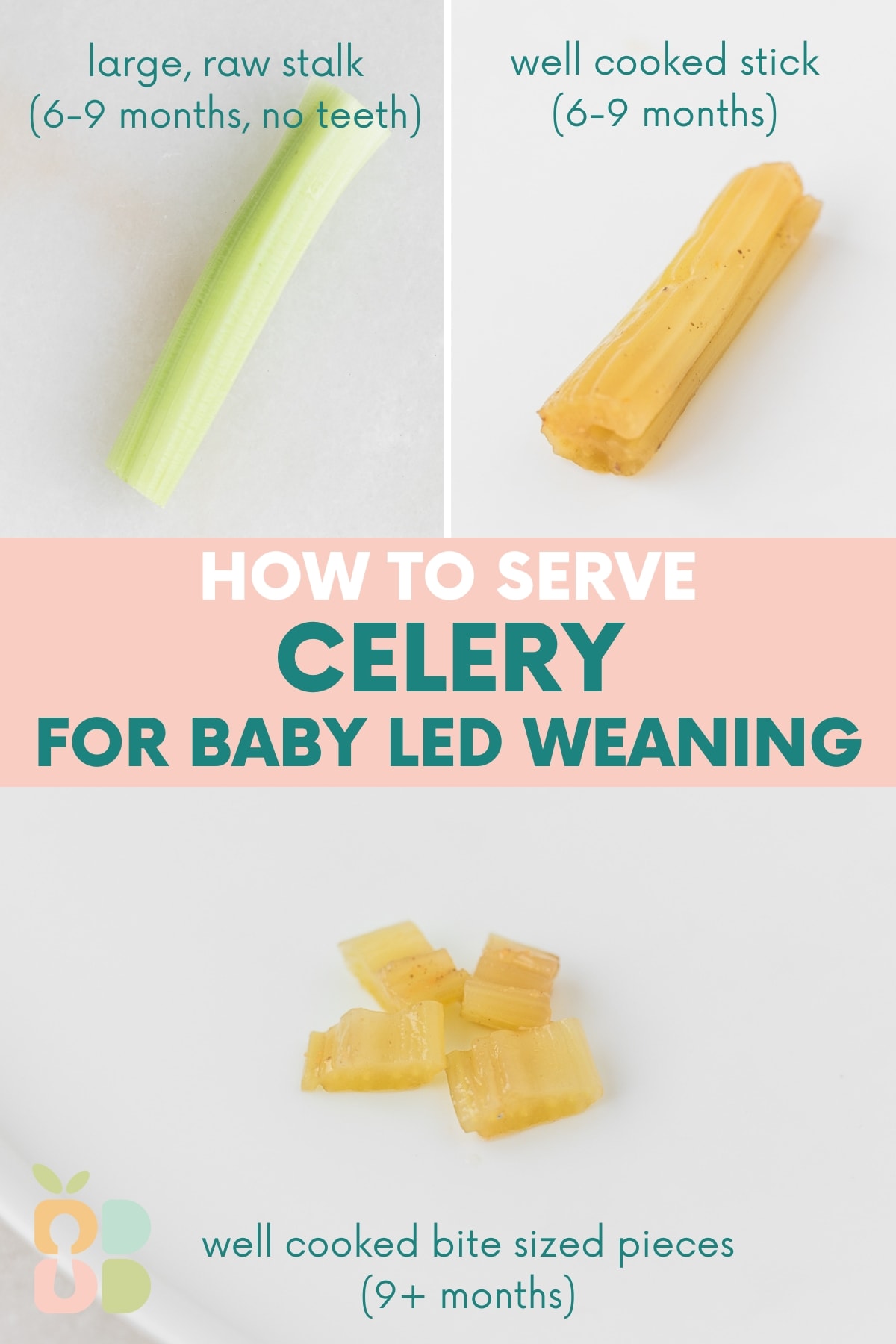
Note: Celery is not a vegetable I would cook for the sole reason of baby eating it. This is one of those foods that is best cooked until very soft, and is not really tasty or practical to do so unless it is in a mixed dish you're already preparing, such as a soup or stew.
1. A large, raw stalk (6-8 months, or no teeth)
IF you feel comfortable, you can offer baby a large, raw stalk of celery as a teether. Make sure it is a very large piece, at least 6 inches in length, washed, with no stray pieces hanging off. Gnawing on firm, fibrous foods like celery can help strengthen the jaw and practice motor skills with the tongue, which is good for learning to chew. It also feels good on sore teething gums. You can dip soft, spreadable foods in the celery if you wish, such as hummus, yogurt, or thin (natural) nut butter. It is possible (though not likely) for babies with teeth and very strong jaws to bite off a piece, so always supervise closely, and if this happens, calmly coach baby to spit out the piece, leaving fingers out of baby's mouth. Once baby develops teeth, I recommend not offering raw celery until baby is much older.
2. Well cooked stick (6-9 months)
If you're making a soup, stew, or roast with celery, leave a few pieces in long sticks, about the length of your finger, while cooking. Offer very well cooked (mushy!) celery sticks while baby is still using a palmar grasp (about 6-9 months).
3. Well cooked bite-sized pieces (9+ months)
Once baby develops a pincer grasp, cut very well cooked celery into small bite-sized pieces (about the size of your pinky nail) for baby to pick up, or to start practicing with utensils.

Track your baby's journey through starting solids! Get my 100 First Foods Checklist and Allergen Checklist Bundle today!
FAQ
Yes, because raw celery is very firm, it can be a choking hazard. Always following the proper serving guidelines and supervise baby well with any food.
No, celery is not a common allergen, though allergic reactions are possible. Individuals with oral allergy syndrome may also react to celery, especially if they react to other foods in the Apiaceae family, such as carrot or fennel.
Aside from offering raw celery as a teether for a brief month or so period, avoid offering raw celery until your little one is much more competent at eating - he regularly takes small bites, chews food well, and doesn't overstuff his mouth - usually around 18-24 months. If you feel confident in your child's eating ability, you can start to offer very thin slivers of celery, ¼ inch or less, cut crosswise in half-moons. It's best to wait until around 24 months to start offering raw celery sticks, seated at the table and well supervised!



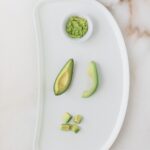
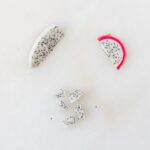


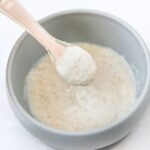



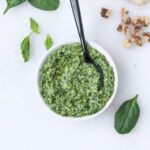
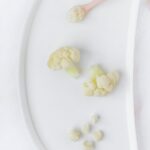
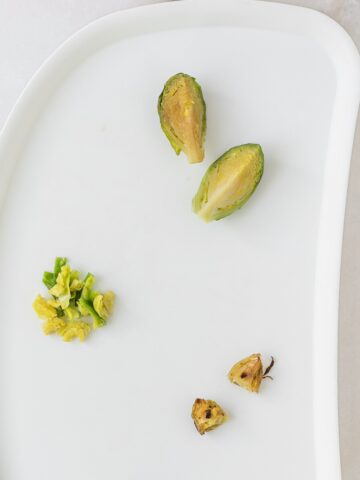
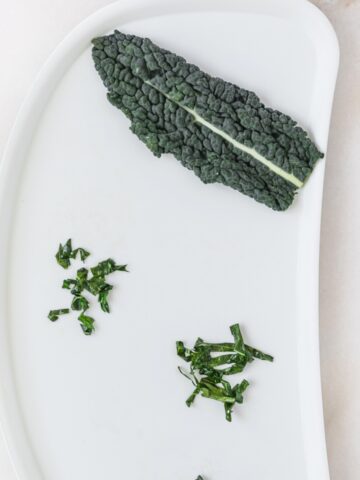

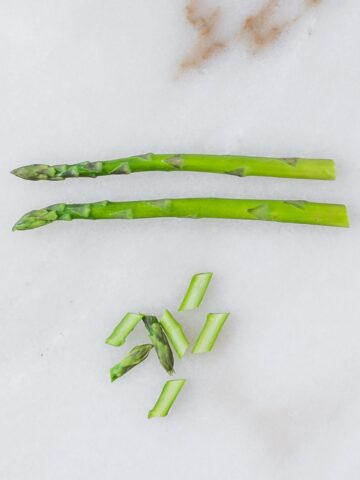
Leave a Reply